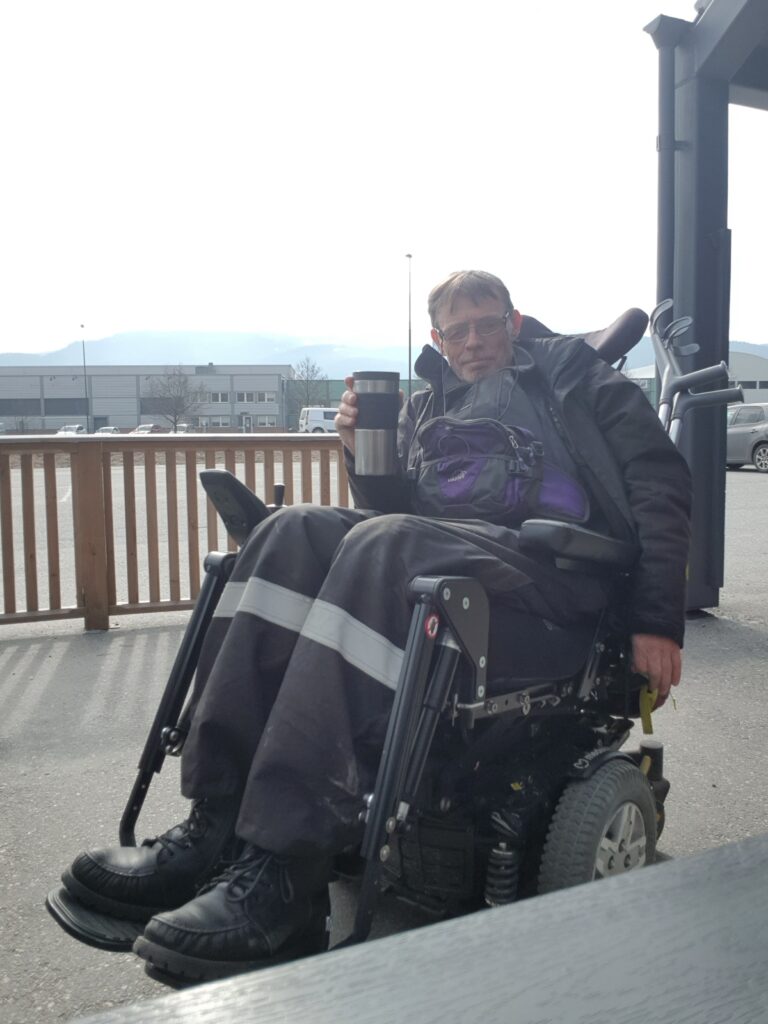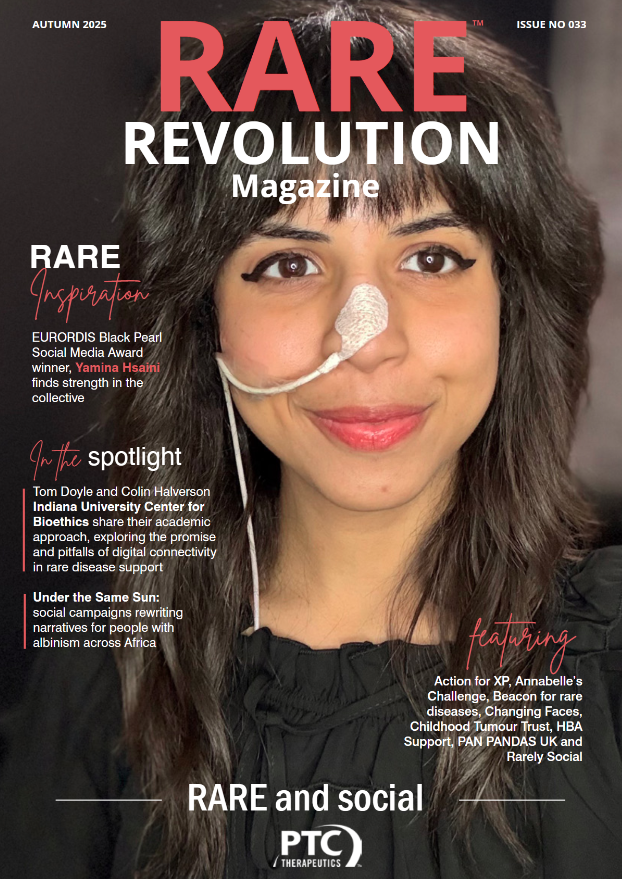My brother’s journey into the world of neurological challenges
Jan Bakke details her brother’s journey to receive a diagnosis of an incredibly rare condition, and fondly describes the grace and good humour with which he faces each and every challenge
Written by Jan Bakke and Anne Kathin Bakke
My brother’s journey into the world of neurological challenges began in a way none of us could have anticipated. It all started around the year 2000 when his youngest daughter was the first to notice something off—her observation that his left foot would twitch whenever he got involved in activities. At first, he seemed unaware of the oddity, but by the summer of 2016, his left hand began moving in a rapid, snake-like manner. That was when he started researching his symptoms online.
This is not just a story of symptoms and diagnoses, but of a man who danced with joy before he walked into shadows… and a family and a few friends that never stopped holding his hand in the dark.
He came across an article about Huntington’s disease, and the match struck him immediately. The symptoms he had read about were identical to what he was experiencing. Yet, when he learned the condition was hereditary, he managed to brush off the possibility. Despite his initial doubts, he eventually visited his doctor that autumn and was swiftly referred for a neurological examination, a process that moved faster than anyone had expected.
During the examination, I remember him describing how the neurologist asked a series of questions that mirrored the symptoms he had studied. In a moment of both vulnerability and scientific
curiosity, he asked, “Do you think I could have Huntington’s?” There was a brief silence before the doctor, clearly taken aback, inquired how he could have such detailed knowledge. “I’ve done my research,” he replied.
That very day, he was admitted to the neurology department. The hospital was abuzz with activity, doctors and nurses lined up for everything from gene tests to spinal examinations. He was regarded as a “special patient” and, in that hectic atmosphere, his case stood out.
That autumn was an intense period for him. Even though the genetic test for Huntington’s returned negative, the search for answers continued. Soon after, he was sent to the national hospital for a PET scan, a functional imaging procedure that uses radioactive tracers to monitor metabolic processes, rather than just the anatomy of organs.
By the summer of 2017, after another admission to the neurology department at the national hospital, things took an unexpected turn. In just two days, the medical team began to suspect neuroferritinopathy1. Initially, they conducted tests for copper deposits in the eyes to rule out Wilson’s disease, which is marked by copper accumulation in the brain. Remarkably, he soon became a sort of celebrity within that department, not because of vanity, but because he was the very first adult patient diagnosed with neuroferritinopathy, aside from two children who had different forms of NBIA (neurodegeneration with brain iron accumulation). Although he was examined only by the department supervisor, he also shared his own knowledge with doctoral students. It was as if his self- taught understanding of the disease equalled that of the experts treating him.


My brother is one of approximately 130 individuals in the world with this disease.
You might think that was the end of the story, but his medical journey was far from over. Even as his condition progressed rapidly, doctors continued to call him back for further examinations and experimental treatments. Finally, when traditional medications had either little effect or left him
feeling like a zombie, the team proposed DBS (deep brain stimulation) surgery. My brother agreed, and for a time after the surgery and recovery, his symptoms vanished. His neurologist and he were both overjoyed to see him walking normally again without any signs of dystonia or chorea (uncontrolled muscle movements).
However, the relief was short-lived. After about six months his symptoms returned, more severely this time. Sudden falls became frequent, his voice grew distorted, and the swallowing difficulties he had once overcome came back. Eventually, his condition deteriorated to the point where he now relies on a wheelchair to prevent further injury and his left hand no longer functions properly, with three of the fingers locked in an abnormal position. He also got back all the symptoms—dystonia, chorea and myoclonus (an uncontrollable twitching or jerking of the muscle).
There was also a frightening incident that could have cost him his life. In one accident, he likely inhaled a pill into his left lung, a mishap that led to severe pneumonia and skyrocketed his CRP (c-reactive protein) levels to over 300. He didn’t feel sick, no fever, yet it soon became incredibly difficult for him to rise from bed or even lift his hands. When he finally saw his doctor, an ambulance was immediately called, and he was hospitalised for three arduous weeks until his pneumonia was brought under control.
Today my brother is a member of a small Facebook community dedicated to neuroferritinopathy. Despite its rarity, the condition has bound a few of us together, though its members face a harsh reality—pneumonia remains the most common cause of death among those afflicted.
Even though we all know his time may come sooner than any of us would wish, he has faced his fate with a quiet acceptance and remarkable calm. In his challenging situation he has also kept his sense of humour, whereas I think others in the same situation might risk falling into a deep depression. His story is not just a medical case, it’s a testament to his resilience and the grace with which he navigates the unpredictable path of life.
References
[1] https://pmc.ncbi.nlm.nih.gov/articles/PMC4642653/


